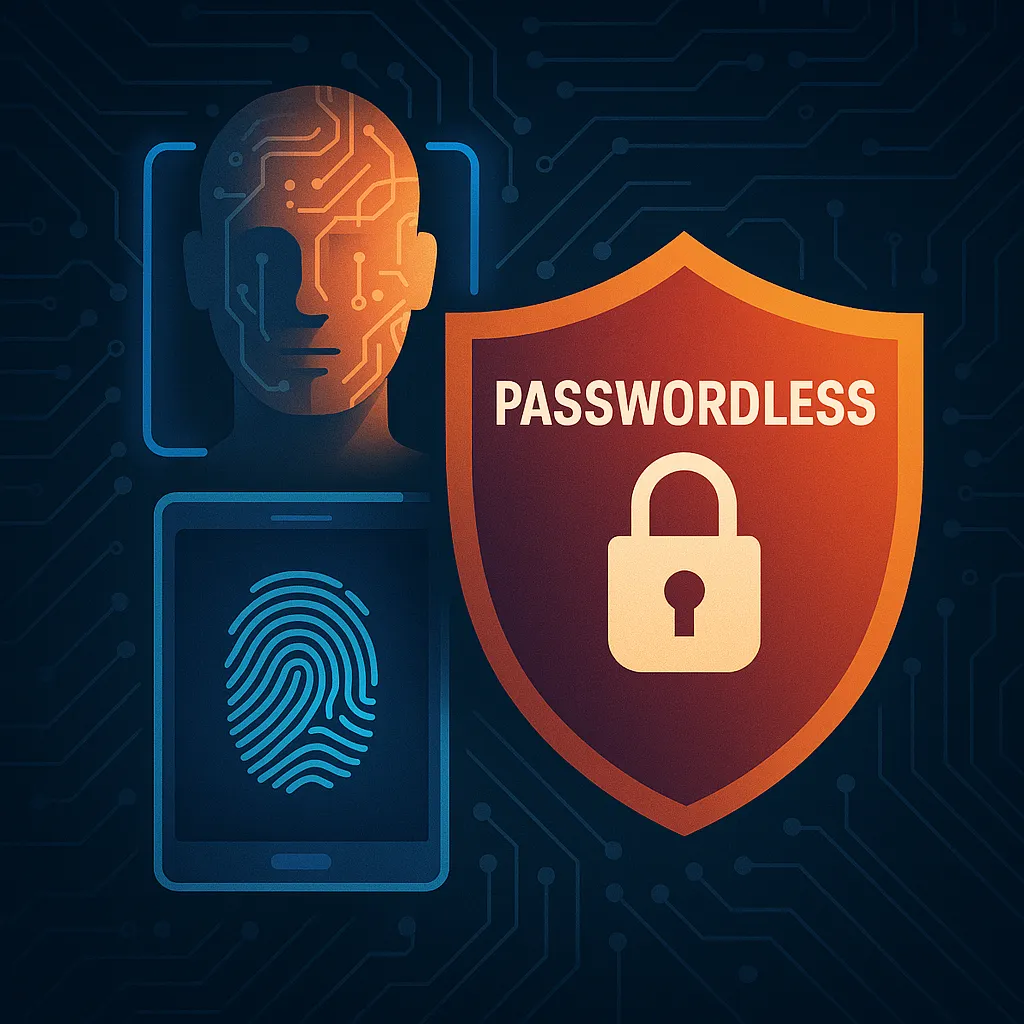In recent years, the cybersecurity landscape has witnessed a significant shift towards passwordless authentication mechanisms. This blog post delves into what passwordless authentication entails, its benefits over traditional password-based security, and how it's shaping the future of digital security.
Understanding Passwordless Authentication
Passwordless authentication is a technique that eliminates the need for traditional passwords in the login processes. As explored by Teleport, this method enhances security by reducing the risk associated with compromised passwords.
How Does it Work?
Passwordless systems can utilize a variety of methods such as biometrics, security tokens, or SMS codes to authenticate users. This innovation not only secures accounts but also offers a more user-friendly alternative to remembering complex passwords.
Advantages of Passwordless Authentication
There are numerous benefits associated with the adoption of passwordless systems:
- Enhanced Security: By removing passwords, you eliminate a major target for cyber attacks.
- Improved User Experience: Users appreciate the simplicity of not having to remember passwords.
- Reduced Operational Costs: Businesses save on costs associated with password resets and IT security management.
Real-World Applications and Future Prospects
Companies like IDmelon and Hawcx are at the forefront of implementing passwordless solutions. IDmelon's collaboration with rf IDEAS on a FIDO2 credential solution, and Hawcx's significant funding highlight the growing market confidence in passwordless technology.
Conclusion
Passwordless authentication is more than just a trend; it is a viable solution that addresses many of the inherent flaws in traditional authentication frameworks. Businesses and individuals should consider transitioning to such systems as part of their cybersecurity strategy to protect against the ever-evolving threats of the digital age.
Adopting passwordless solutions not only bolsters security but also enhances user satisfaction and operational efficiency. It's time to embrace the future of cybersecurity.

